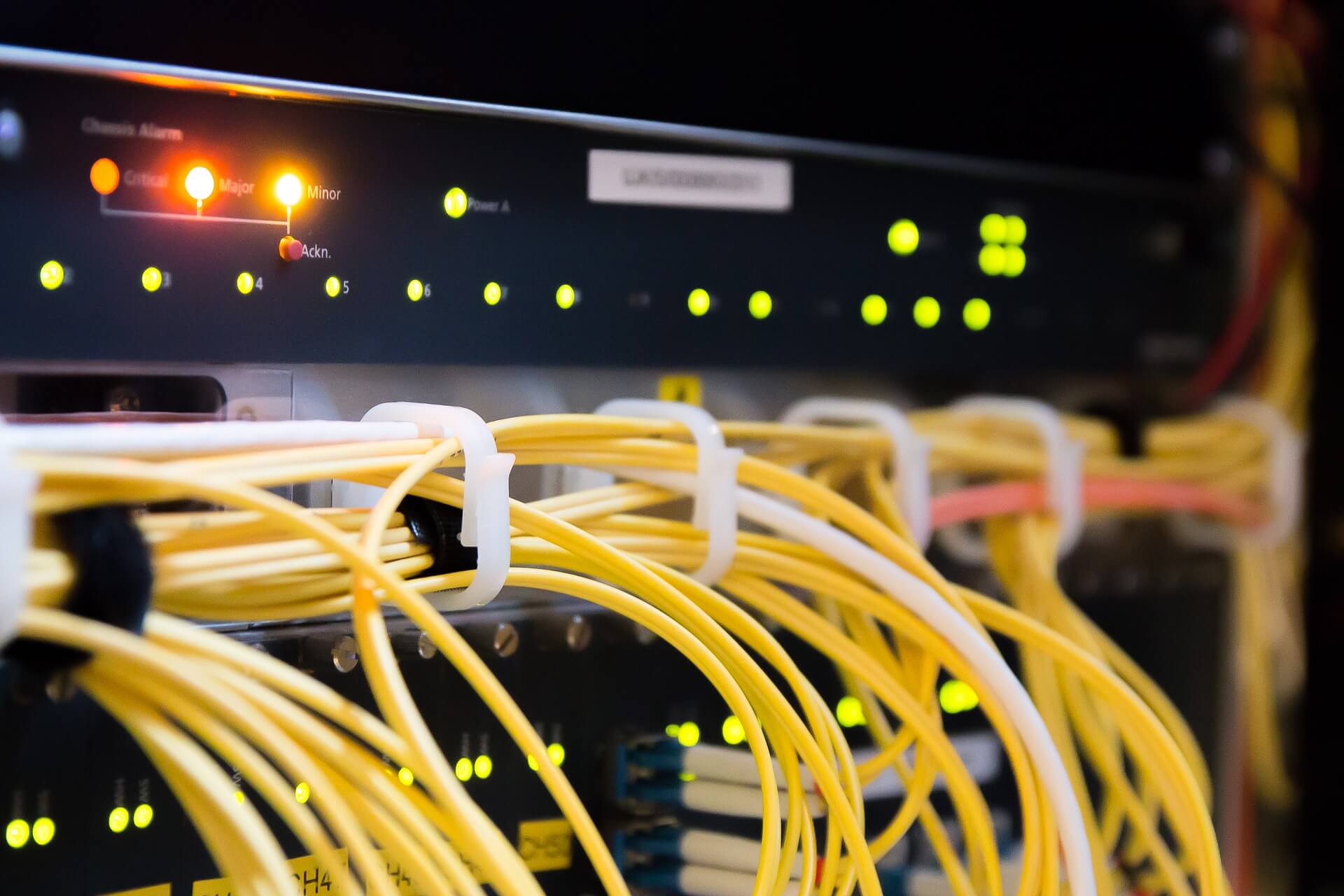It might seem that the Internet of Things is dedicated only to industry. However, transport and logistics are closely connected to it, and they can also take advantage of the ongoing revolution. In the end, every industry uses transport services or logistic processes to some extent. That’s how modern technological revolution influences also those two areas.
Logistics is such area where monitoring and predicting changes is a must. Changes which take place make the scope of tasks in this field still expand, and the level of complexity and dynamism of the processes increase. It also influences choice of proper tools which have to manage the processes effectively. Taking into consideration quantity of transported and stored goods which demand constant monitoring, we can undoubtedly say that IoT concept is a perfect solution for companies which work in this field of business.
What problems does logistics face?
First of all, we need to pay attention to multitude of logistic phases/processes. In some companies, it has led to the situation where every phase got a dedicated tool – as a result, today, the company has a lot of systems which can slow down employees’ performance or the next phases. Integration of such systems appears to be a great time saver, and additionally, it increases the effectiveness of the processes.

However, it’s not the only problem of logistic business. Difficulties related to transport fleet should be also taken into consideration. There are hundreds of operators involved in the process, and there’s risk at every step: delays connected with waiting for a warehouse entrance, mistakes in planning a route, improperly secured refrigerator’s doors, or even theft. Monitoring of particular vehicle’s availability is very often a problem too, so that is why smart transport turns out to be so important in this business, as it can be improved by IoT concept. A French retailer Carrefour is trying to solve the problem with the use of a platform which monitors goods flow from the really beginning of logistics chain till its end. In 2017, they conducted tests at a site where a truck departs every 90 seconds. Because of such turnover, lorries often need to wait long time before they set off. Tests carried out on dozens of transports allowed to gather enough data to optimize the service and determine who is responsible for the loss caused by delays.
Today, the vehicles are equipped with proper sensors which allow for monitoring of not only transport route, but also conditions in which goods are stored during transport. It’s quite important if transported materials are dangerous or need special conditions. The same concerns sea transportation – Maersk, one of the biggest container operator has around 300 000 refrigerated containers whose breakdown can mean huge loss. Because of that, all containers would go through extensive and costly pre-trip inspections (PTI) prior to release for export (whether actually required or not). Because of installed devices which constantly analyze the running condition of the reefer, the operator could significantly reduce the number of inspections – today, a container only require a quick visual inspection in nearly 60% of cases, which allows for saving time (and then money!), use resources better and reduce the emission of CO2.

Modern technology makes it possible to check not only humidity or temperature of goods’ storage, but also to monitor vibrations or shakes which occur during transportation. The same vehicles have also special sensors which makes it possible to predict potential failures or even to plan ahead machine’s technical check-up. A lot? Undoubtedly, yes!
Let’s also not forget about storing goods! It’s not only about issues connected with improvement of the process of receiving goods, assigning them to particular space in warehouse (or even managing it!) or giving it out later, but also about work automation in this area. Global e-commerce giant, which is Amazon, has made great progress in this field. Warehouse workers used to cover long distance scanning QR codes placed on products to piece an order together. Today, the company uses robots connected into a shared network, which do those activities automatically, and the system managed by artificial intelligence decides about order prioritization. Employees can focus on another areas such as packaging an order or restocking shelves.
It’s worth mentioning that there are aspects which are still not the most important for logistic business, but they are considered to be beneficial. What are they? What if modern technologies enabled acceleration of paying transportation fees in places which are really busy? It’s not the most important problem but, undoubtedly, it would be great convenience during the process of transportation.
Companies have to monitor huge amount of data every day. The data which is created by many different devices and companies very often cannot deal with. What’s more, there are issues with collecting, processing, analyzing and reporting it. There are a lot of processes which could be integrated in order to make things easier. German port in Hamburg is planning to handle 296 tons of cargo in 2025 (compared to 121 mln in 2010). To take the challenge, the authorities have decided to implement a platform whose goal would be to i.a. identify underused resources. The amount of data collected while monitoring such a huge project poses a great challenge to systems responsible for its storage and analysis. The concept of the Internet of Things is the answer to companies’ everyday problems in technological field.

You can’t also forget about the fact that logistics is not only a set of data, machines, vehicles or processes, but it’s most of all a huge number of people who take part in those processes. Controlling their work or effectiveness turns out to be another challenge in this business. Companies want to know, for example, which drivers are the most efficient or show some shortcomings in competences. Monitoring such elements is crucial if we care about reducing the lack in competences of our employees – both the new and current ones. What’s more, there are issues connected with regulations and transportation safety – in December 2017, the United States introduced obligatory use of Electronic Logging Devices (E-logs) responsible for recording driving hours by monitoring a vehicle’s engine. The devices are supposed to guarantee that transportation companies and truckers are following the hours of service law, mandating how much a driver can work a day. The devices are supposed to guarantee that transportation companies and drivers are not going to exceed the maximum number of working hours allowed a day.
How does IoT work in logistics?
Not only time, but also savings matter in logistics. This business’ special feature is that end customers want to receive goods faster and cheaper. This kind of clients’ approach puts a lot of pressure on logistic companies to adjust to current needs of their clients. One could think that it’s a huge challenge, but the truth is that the concept of the Internet of Things perfectly fits into the needs of this business, making it possible to optimize it in the areas which are considered the most crucial.
It turns out that using the Internet of Things, logistic companies can automate business processes to minimize manual work (which significantly delays the process of managing supply chain), improve the quality of service provided or profitability of the fleet, as well as reduce costs.
It’s also worth mentioning that IoT can have positive influence not only on company’s performance. Ordinary employees can also take advantage of optimization works, e.g. drivers, who, because of the use of Internet of Things, can be updated on traffic (to avoid downtime), weather conditions – what in hindsight significantly impacts costs related to fuel.
Internet of Things makes it possible to exchange information, track goods, monitor their surroundings, manage a fleet or minimize downtime – which are usually the most expensive.
Are you looking for an experienced company in the field of the Internet of Things? Contact us!
